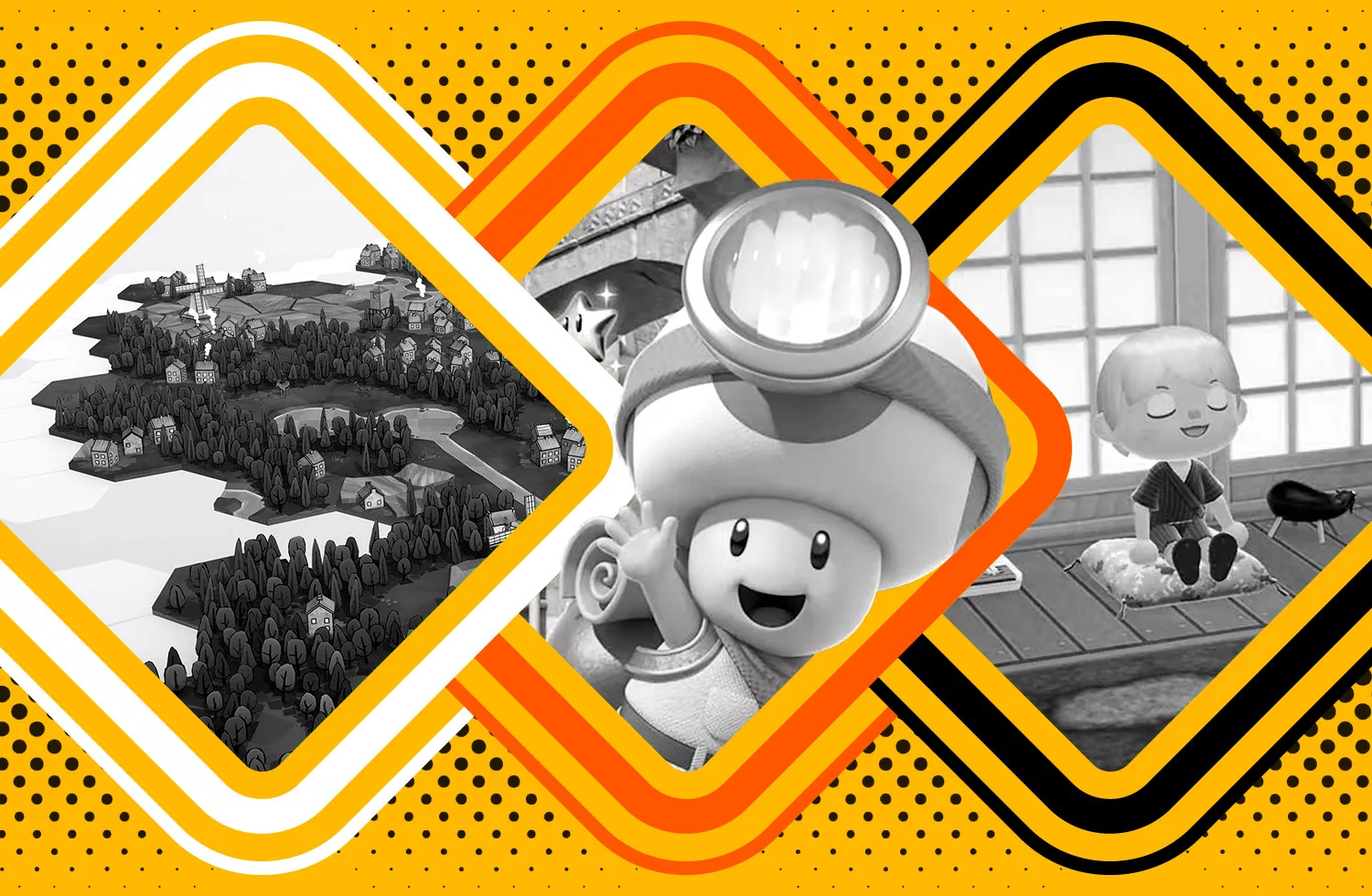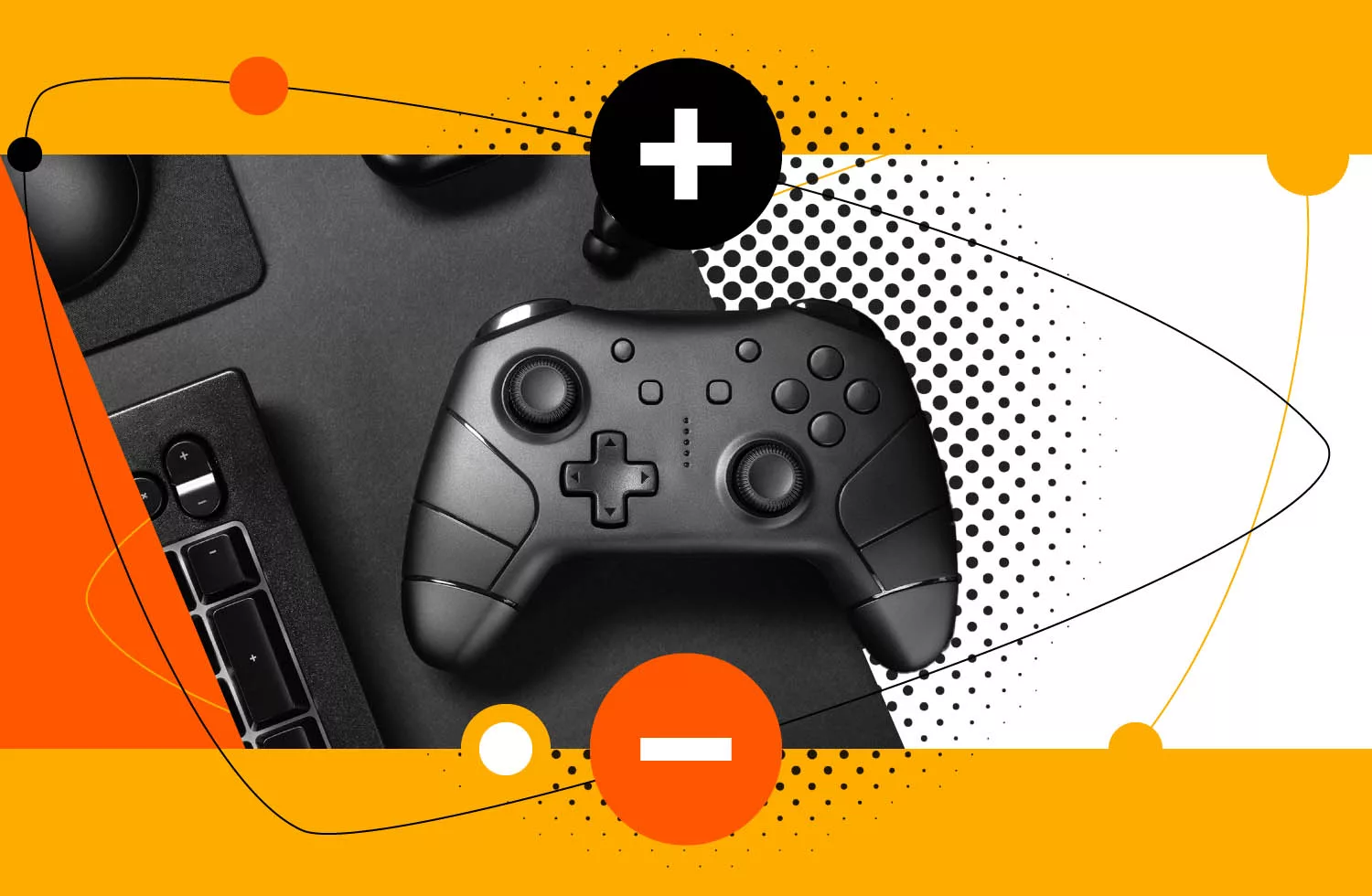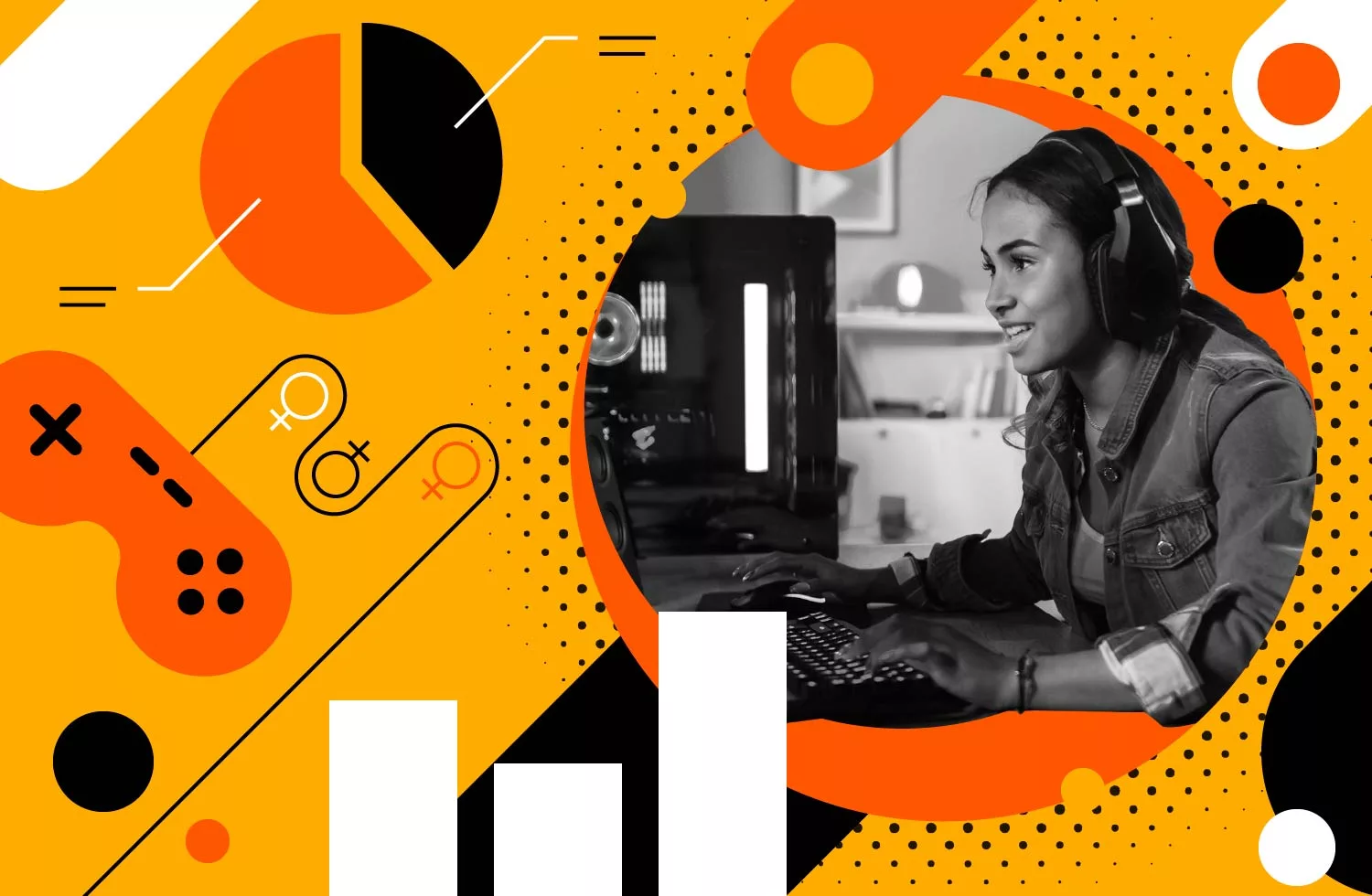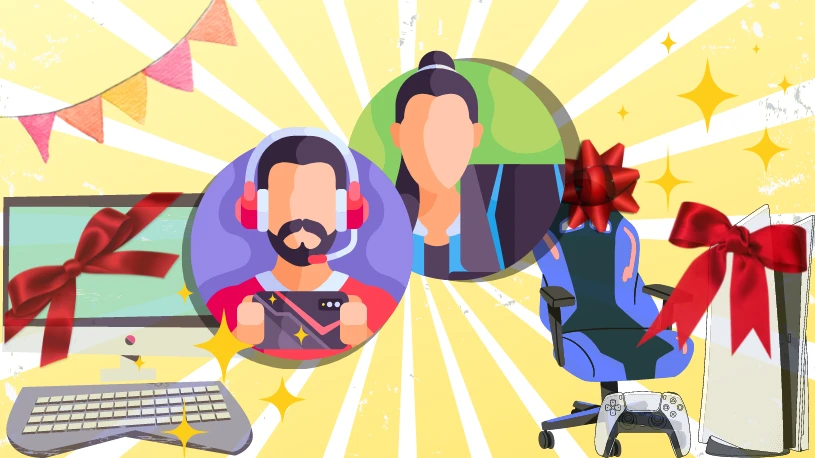
In the USA, over 94% of households own at least one computer. It’s easy to assume that this means most Americans are pretty technologically savvy, but that’s not the case. Experts have recently started measuring digital literacy rates among Americans. Digital literacy is about more than just being able to read text online; it encompasses several skills necessary to navigate the internet adequately.
Although most Americans own a computer, a 2018 study by the Department of Education showed that nearly 16% are digitally illiterate. This doesn’t just mean that these people have trouble organizing their email inboxes; digital illiteracy can hold someone back from advancing in their career and accessing resources they dearly need. Other studies show that modern children are experiencing alarming rates of digital illiteracy, meaning that we may have an illiteracy crisis in a few years.
Educating those who struggle with digital illiteracy is easier said than done, but one promising solution could change how we teach the subject: gaming. In this guide, we’ll uncover how gaming can help teach and improve digital literacy. From educational games and software to passion projects that inspire people to learn coding, gaming can revolutionize how we teach digital literacy.
The Importance of Digital Literacy in the Modern Age
As computer skills become a prerequisite for most jobs and educational opportunities, some people are unfairly left behind. The Department of Education found that people with less than a high school education and people born outside the USA are most likely to be digitally illiterate. The same study also found that Hispanic people show the highest rates of digital illiteracy.
As we seek to create a more equitable country, we must ensure that everyone is capable of using a computer to access the resources they need. Here are a few ways digitally illiterate people may fall behind if not helped.
Better Education
Most schools and higher education institutions rely heavily on online platforms to host classes, turn in homework, and submit necessary applications and paperwork. While most children are introduced to the technology they need to use in class, many don’t get the chance to practice those skills at home. This creates an education and skills gap that can persist into adulthood.
Digitally literate people can also access supplementary education programs like Khan Academy and Coursera. With basic computer skills, you can research your passions and learn valuable skills like coding, graphic design, video editing, and more. Learning new and marketable skills is much easier for those familiar with computer basics and internet research. These programs also assist students trying to learn or master new concepts for school; those with consistent access to a computer are more equipped with study resources.
Social Connection
The internet allows you to connect with people worldwide, no matter where you are. People who can use the internet can chat with far-flung friends, participate in forums dedicated to their interests, and play multiplayer games with internet buddies. Without the skills needed to access these websites in mobile and desktop formats, people without digital literacy skills are confined to real-world social interactions.
Career Prospects
Nearly every modern job requires some amount of digital literacy. You probably need to go online to find a job in the first place; a study by Georgetown showed that nearly 80% of jobs are found on the Internet. Even jobs that formerly wouldn’t have required computer skills need them now: you’ll likely clock in and out through a computer, receive important information via email, and access training modules online.
But the problem goes beyond basic computer skills. Your soft skills and digital citizenship serve you well in the workplace. Understanding how to use databases, manage spreadsheets, and write a firm but respectful email makes you more employable. This is why approaches to digital literacy education must focus on technical skills alongside social ones.

How Gaming Improves Digital Literacy
One of the main hurdles when teaching digital literacy skills to adults is making the education program both engaging and beginner-friendly. Many traditional education methods can fail to engage students and make them less likely to retain the information past the final assessment. Recent research into digital game-based learning (DGBL) shows that participants are more motivated to learn. When combined with oversight by a literacy professional, educational games can be the key to closing the digital literacy gap.
However, even casual gaming can help to improve digital literacy. Playing video games for fun still accomplishes the goal of getting someone more familiar with and interested in computers. Video games are often the first way people interact with complex computer systems, and they help build foundational skills in digital literacy. Here’s how:
- Intuitive learning: Gaming naturally incorporates elements of digital literacy, such as navigating complex menus, understanding user interfaces, and interpreting digital cues. These activities mirror the skills needed to operate effectively in a digital world.
- Social and collaborative skills: Many games require players to collaborate and communicate strategically. This creates natural opportunities for practicing internet etiquette and online safety skills.
- Critical thinking and problem-solving: Games often involve puzzles and scenarios that require critical thinking — a key component of digital literacy. Players learn to assess situations and make decisions based on the information available within a digital context.
- Technical skills: Certain games, especially those that involve coding or digital creation tools, directly teach technical skills. For example, educational games designed to improve coding skills or use digital tools mimic real-world digital tasks.
- Motivation through gamification: The concept of gamification, or the application of game-design elements in other contexts, has significantly enhanced learning experiences. The intrinsic motivation to achieve in a game can be leveraged to encourage learning.
Whether someone’s gaming in a controlled environment with a teacher or at home in their living room, they learn the foundations of digital literacy in a fun and engaging way. This is why gamification seems like a promising way to educate the populace. However, it’s not a perfect solution.
Special Considerations for Gaming as a Tool
While gaming shows promise as a tool for assisting digital education, it’s not a cure-all. Some significant drawbacks to learning through gaming prevent educators from adopting it widely.
A study done by Harvard Health found that prolonged gaming periods have strong links to adverse health effects, like obesity and poor mental health. People who game via console are also susceptible to a repetitive stress injury known as “Gamer’s Thumb” or de Quervain’s tenosynovitis. This condition can happen when the repetitive movement of the thumb causes the tendons to inflame, making movement painful and stiff. Some educators also worry about the potential for video game addiction to those new to computer gaming, preventing them from being fully dedicated to their literacy. These adverse effects are the primary barrier to the wide adoption of gaming as a literacy tool.
However, with proper monitoring and moderation, video game use is far more beneficial than harmful. Games make learning more interactive and fun, and people are more likely to dedicate themselves to digital education if they enjoy doing so. Teachers can see genuine progress in their students by providing gaming experiences in a structured environment and with proper moderation.
People need to be able to use a computer to thrive in our world. That’s why finding a way to make them want to learn is crucial. Gaming is the best solution.
Using Gaming for Digital Literacy Among Children
Childhood is the best time to learn digital literacy skills; giving children a strong foundation in online citizenship allows them to grow and learn as they age. This keeps them on equal footing with their peers and gives them more opportunities once they enter the workforce.
Gaming has proven especially effective as a learning tool for children and students. Kids learn by playing, whether they are learning to take turns or to save files to their hard drives. Most digital literacy education resources for children are presented in game format.
Most public and private schools offer computer classes, an excellent basis for digital citizenship. Homeschooled children also benefit from digital literacy taught through games. Parents may use games, online homeschooling courses, or online social sessions to enforce their child’s learning with other homeschooling families.
Methods and Games
Educators and parents should choose age-appropriate games that align with educational goals when implementing gaming to teach digital literacy. Start by introducing children to games that teach them absolute computer basics alongside other skills like reading, writing, and basic math. As your child gets older, introduce games that focus on specialized skills like design and even coding their own games. Here are some games we recommend for teaching digital literacy to children.
- ABCmouse: Focuses on early learning in reading, math, and essential computer skills for young children.
- Reading Eggs: Enhances reading and comprehension skills while introducing basic internet navigation.
- Minecraft: Education Edition: Encourages creativity, problem-solving, and project management skills through building and exploration tasks.
- Scratch: MIT developed this platform to teach children to code their own interactive stories, games, and animations. Its goal is to make coding fun and accessible.
- Interland: An adventure-packed online game that teaches kids the fundamentals of digital safety and citizenship.
- Roblox Education: Provides resources for developing coding and game design skills, allowing children to create and share their own games.
- Khan Academy Kids: Offers tutorials and games about various subjects, including computer programming and digital literacy, with interactive exercises and instructional videos.
These games can be powerful tools for closing the digital divide when used in conjunction with traditional learning methods.

Using Gaming for Digital Literacy Among English-language Learners
English-language learners (ELLs) often face unique challenges accessing resources that facilitate quick and effective language acquisition. After all, English is one of the most complex languages to learn, and many traditional language-learning methods are either prohibitively priced or lack cultural context. Recent studies have shown that DGBL and gamification of language learning are transformative for ELLs, making the learning experience more engaging and culturally relevant. Playing a mobile game that immerses you in practicing an English conversation is far more likely to encourage retention than a typical classroom environment.
Once ELLs can access gamified English education, they can also access more resources online. Since more than 59% of websites on the internet are in English, learning English through gaming helps ELLs learn a new language and connects them to another world online.
Methods and Games
Games focusing on different English language aspects can effectively aid English-language learners in building their language and digital literacy skills. Here are some games and platforms we recommend:
- Duolingo: Known for its gamified approach to language learning, Duolingo offers bite-sized lessons on vocabulary, grammar, and pronunciation, making it suitable for learners at all levels.
- Babbel: This game focuses on conversational English, teaching through dialogues and speech recognition technology. The lessons are more structured but still use tenets of gamification.
- Rosetta Stone: Uses immersive methods by employing images, text, and sound to teach language through naturalistic learning rather than direct translation. This program is ideal for deeper language comprehension.
- Busuu: Offers practice with native speakers and provides feedback on written and spoken exercises, which is crucial for practical language use.
- Mindsnacks: Features multiple mini-games that help learners expand their vocabulary through engaging and interactive play.
- FluentU: Uses real-world videos like music videos, movie trailers, and news and turns them into personalized language learning lessons.
These tools not only make learning English more accessible and engaging for ELLs but also enable them to use the language in practical, real-life situations on the web.
Using Gaming for Digital Literacy Among Older Adults
The Department of Education study we mentioned earlier found that adults over 55 have the highest rates of digital illiteracy. Because computers and other technology became commonplace late in their lives, many older adults struggle to utilize their devices effectively. This is why familiar, user-friendly games are great for older digital citizens.
However, even digitally literate older adults can benefit from going online more often. Studies have shown that online gameplay can help halt cognitive decline, allowing older adults to live more independently for longer. Online games also present a chance for socialization among older people, who may have limited social opportunities due to mobility or health issues.
While older adults are less likely to pick up a Playstation or a Nintendo Switch, desktop and mobile games are a great avenue to introduce them to new tech basics. However, other adults with a more comprehensive tech background may find solace in more complex multiplayer online games.
Methods and Games
When finding the right kinds of games for older adults, they should be both familiar and easy to navigate. This selection of games can reinforce digital literacy skills while keeping their minds sharp.
- Words With Friends: This popular word game helps with language skills and offers a social network as well. It allows players to compete and interact with friends, family, or strangers, helping to build digital communication skills.
- Lumosity: Designed by neuroscientists, this platform offers a variety of brain games that improve problem-solving, memory, and attention skills. It’s user-friendly and provides feedback on performance to help track progress.
- Peak: Similar to Lumosity, Peak provides games tailored to the user’s personal goals that are designed to challenge the brain in areas such as mental agility, focus, and language.
- Brain Age: Available on Nintendo platforms, this game series offers puzzles and activities that stimulate the brain, helping improve mathematical skills and critical thinking.
By incorporating these games into their regular activities, older adults can enhance their digital literacy and enjoy the mental and social benefits of gaming. They may even find something new to connect with their grandchildren over.
By leveraging gaming’s inherent interactive nature, we can actively work to close the digital divide among our population. It’s human nature to learn better when you’re having fun; gamification turns this fact into a practice. Education through gaming makes learning accessible and equips us with the necessary digital skills to succeed in our digital world.
Resources for Gaining Digital Literacy
We’ve compiled a list of sites, tools, and guides to help you in your digital literacy journey. Whether you’re helping to care for an elderly relative or the parent of a young child, we’ve got a resource for you.
Tools for Parents and Teachers
- Digital Citizenship by Common Sense Media: Common Sense Media offers a comprehensive digital citizenship program to help teach young children about safe and responsible online behavior.
- Google’s Be Internet Awesome: This program helps kids learn about internet safety and digital citizenship through interactive games and activities. It includes a curriculum that teachers can use in classrooms.
- Code.org: This nonprofit organization provides free coding lessons for K-12 students. Their Hour of Code tutorials are particularly popular for introducing children to computer programming in an accessible way.
- BrainPOP: Featuring animated educational videos, BrainPOP covers various topics, including technology and digital literacy. It’s engaging and accessible for elementary-aged learners. For younger children, there’s BrainPop Jr.
- NetSmartz Workshop: Created by the National Center for Missing & Exploited Children, NetSmartz offers free resources to teach children how to stay safer online. Their materials include videos, games, activity cards, and worksheets.
- PBS Kids For Parents: PBS offers tools and tips for parents to help their children navigate the digital world, including advice on media literacy and guidelines for healthy technology use in families.
- Cyber Civics: This middle school digital literacy program, aimed at grades six through eight, provides students with learning activities about digital citizenship, information literacy, and critical thinking.
Tools for English-language Learners
- BBC Learning English: This website provides many materials, including videos, quizzes, grammar tips, and vocabulary exercises. All games and activities are designed to help improve English skills at various levels.
- Quizlet: This interactive app and website allows users to study and learn new vocabulary through flashcards and games. It’s highly customizable, making it a great tool for teachers to create specific content for their students.
- HelloTalk: This social app connects speakers of different languages to help each other learn. English learners can chat with native speakers, correct each other’s messages, and learn colloquial expressions and slang.
- Grammarly: While primarily a grammar-checking tool, Grammarly can help ELLs identify and correct their grammatical mistakes in real time. This is incredibly beneficial for improving writing skills and is best for ELLs who have mastered the basics of the language.
- Voice of America Learning English: This website offers news and information in American English but spoken at a slower speed to help learners improve their listening skills and vocabulary.
Tools for Older Adults
- GetSetUp: This educational platform is specifically designed for older adults to learn new skills, including how to use smartphones, apps, and various online services. It offers live classes peer-led by instructors from the same age group.
- AARP’s Senior Planet: AARP offers technology training for seniors, covering everything from essential internet browsing to more advanced topics like online banking and privacy settings.
- Cyber-Seniors: A non-profit organization that provides tech education for seniors. They offer resources that help older adults get connected and stay safe online, including mentorship by youth volunteers.
- Oasis Connections: This program provides technology training for adults over 50, teaching skills like using email, navigating the internet safely, and understanding social media. Both in-person and online classes are available.
- The Senior’s Guide to Computers: An online portal with straightforward, easy-to-understand tutorials on basic computer skills, Internet fundamentals, and the software older adults might use regularly.
- TechBoomers: A free educational website that teaches older adults how to use popular and trusted websites and apps, focusing on skills that can improve their quality of life, like online shopping, social media, and entertainment services.











